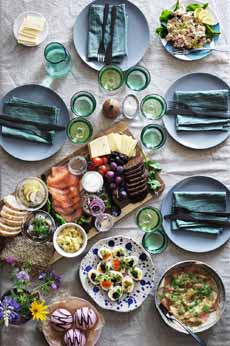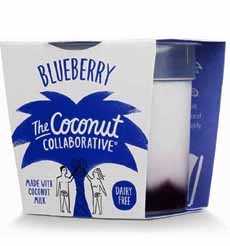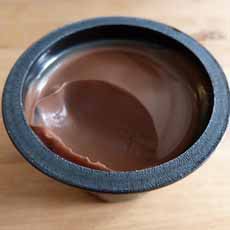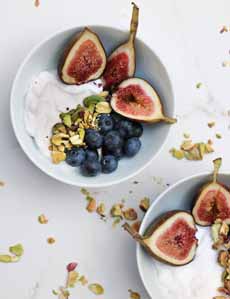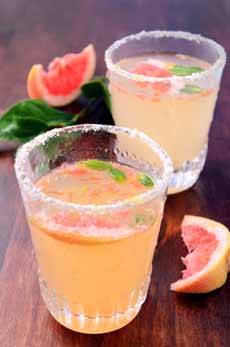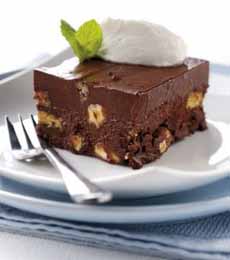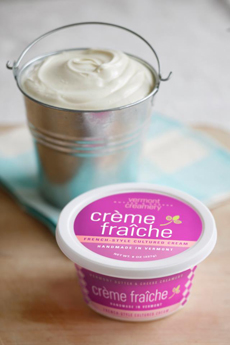|
We got our love of rice pudding from our mom, who made it from scratch, with lots of raisins and cinnamon. Before she put it in the fridge to chill, we got to eat some warm.
If your Valentine—or your mom—loves rice pudding, try this special recipe*. The coconut flavor comes from coconut milk, which is much more subtle than flaked coconut. The raisins are soaked in coconut rum.
If you don’t have coconut-flavored rum and don’t want to buy it (you can look for miniatures), add a bit of coconut extract to plain white rum.
However, if you do buy a bottle of coconut rum, you can use it in Piña Coladas and other rum drinks, with after-dinner coffee, in baking (cakes, cupcakes, brownies) and other recipes.
If you’re a real DIY cook, you can make your own coconut rum.
And then, this sophisticated recipe adds the heavenly, crunchy top of crème brûlée. The passion fruit is spooned over the top. If you don’t like the tartness of passion fruit or can’t find any, substitute a fresh mango.
PASSION FRUIT RICE PUDDING BRULÉE
Ingredients For 8 Servings
½ cup raisins (substitute dried cherries)
3 tablespoons Malibu Rum or other coconut-flavored rum
1½ cups nonfat milk
1¼ cups canned unsweetened coconut milk
¾ cup whole milk
1 cinnamon stick
½ teaspoon salt
½ vanilla bean, halved lengthwise
1¼ cup jasmine rice
6 tablespoons, plus 1/4 cup sugar
1 cup chilled whipping cream
2½ teaspoons grated lime peel
6 passion fruits, halved, juice and seeds scraped into a bowl
Preparation
1. COMBINE the raisins and rum in small bowl. Let stand at room temperature while preparing pudding.
2. PREPARE the coconut broth: Combine the nonfat milk and the next 4 ingredients in heavy medium saucepan. Scrape in the seeds from vanilla bean; then add the vanilla bean. Bring to a simmer, remove from the heat and allow to steep, uncovered, for 1 hour. Then strain and put 1 cup of broth in a heavy medium saucepan to cook the rice.
3. RINSE the rice in a medium bowl of cold water. Drain and repeat 2 more times. Add the rice to the pan with 1 cup of the coconut broth. Cook the coconut broth and rice over medium-high heat until almost all liquid is absorbed, stirring constantly, about 3 minutes.
4. ADD the remaining coconut broth; cook over low heat until the rice is tender, stirring frequently, about 13 minutes. Remove from the heat; the mixture should be thick. Stir in 6 tablespoons sugar, transfer to large bowl and cool.
5. WHIP the cream in medium bowl until soft peaks form. Fold half of the whipped cream into the cooled rice.
6. DRAIN the raisins and stir along with the lime peel into the rice. Fold in the remaining whipped cream. Divide the mixture among eight 3/4-cup ramekins or custard cups.
7. PREHEAT the broiler (or use a kitchen torch). Sprinkle 1/2 tablespoon sugar over each pudding. Place the ramekins on a rimmed baking sheet. Broil until sugar caramelizes, watching closely to prevent burning, about 3 minutes.
8. SPOON the passion fruit over the puddings and serve; or chill for later.
|
|

[1] If your Valentine loves rice pudding, try this Rice Pudding Brûlée recipe (photo © Epicurious.com)*.

[2] Personally, we’d like a larger serving, but some will prefer smaller ramekins like these (photo courtesy Epicurious).
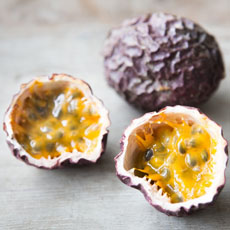
[3] Some passion fruits have have smooth skins; this variety has wrinkled skins (photo courtesy Good Eggs).
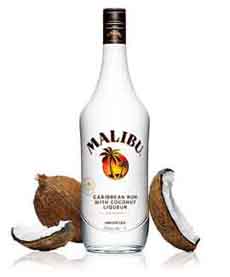
[4] Coconut rum can be variously used in other puddings, cakes and brownies, after-dinner coffee, gelatin shots and a broad variety of cocktails (photo courtesy Malibu Rum).
|
